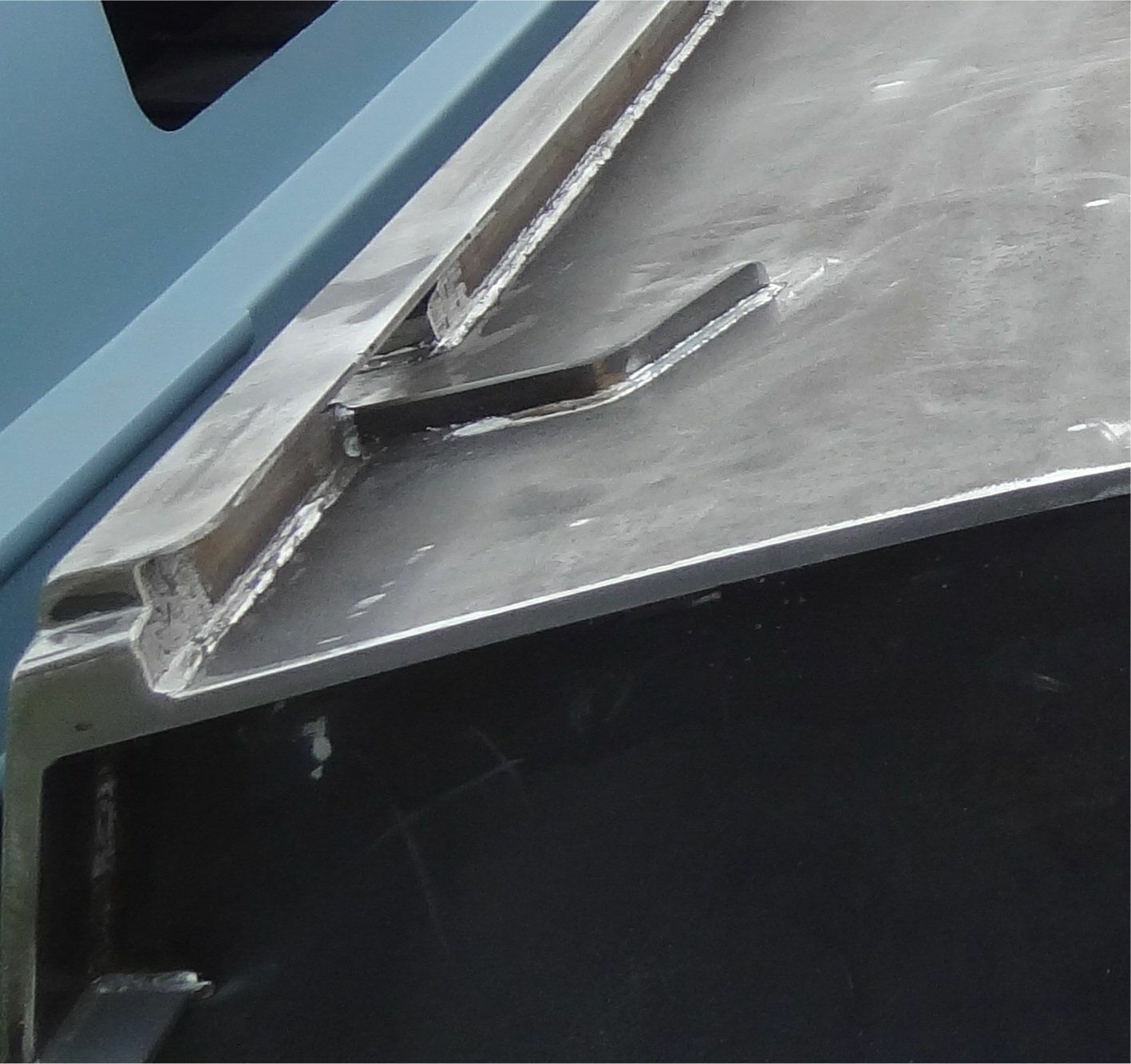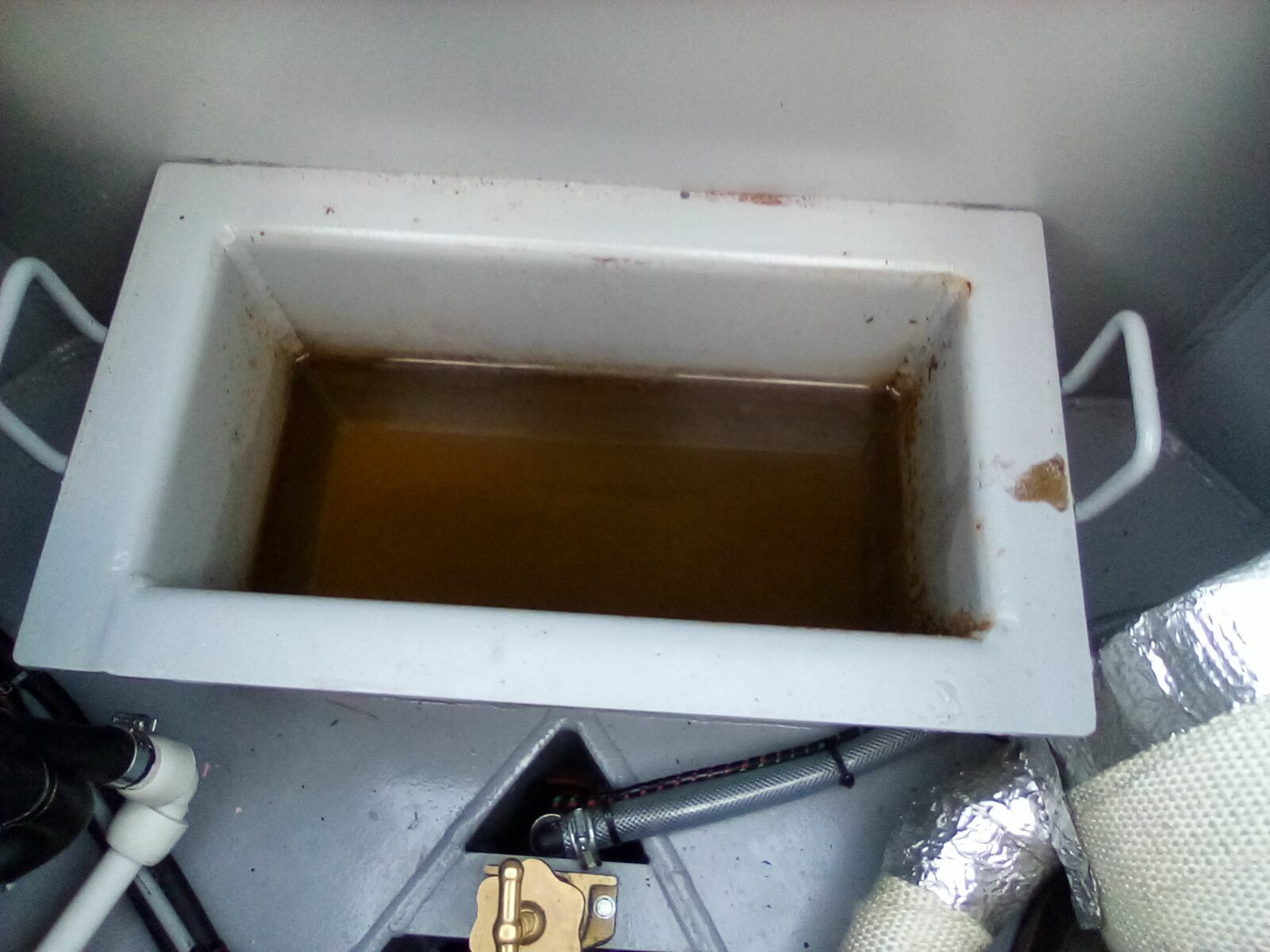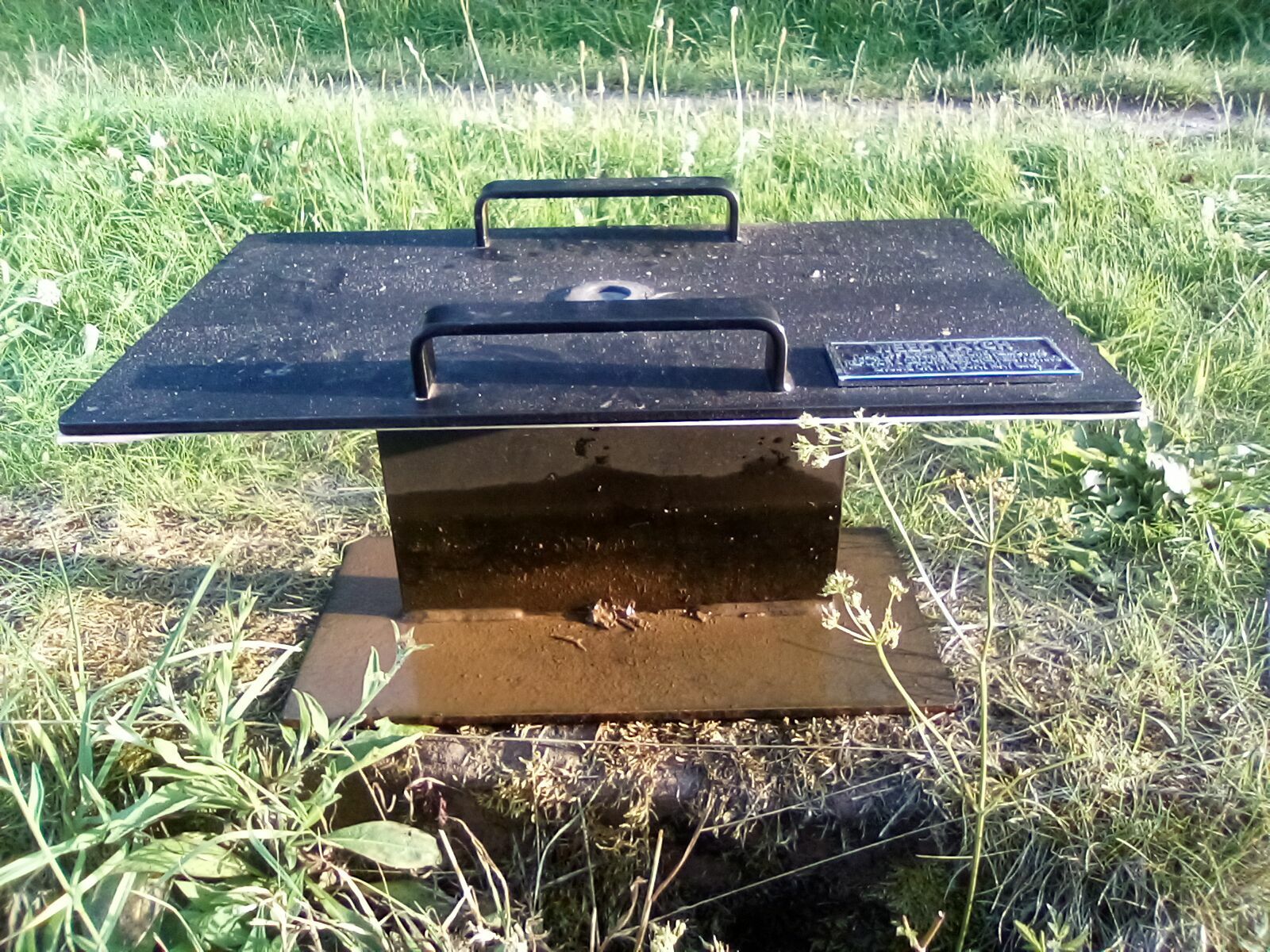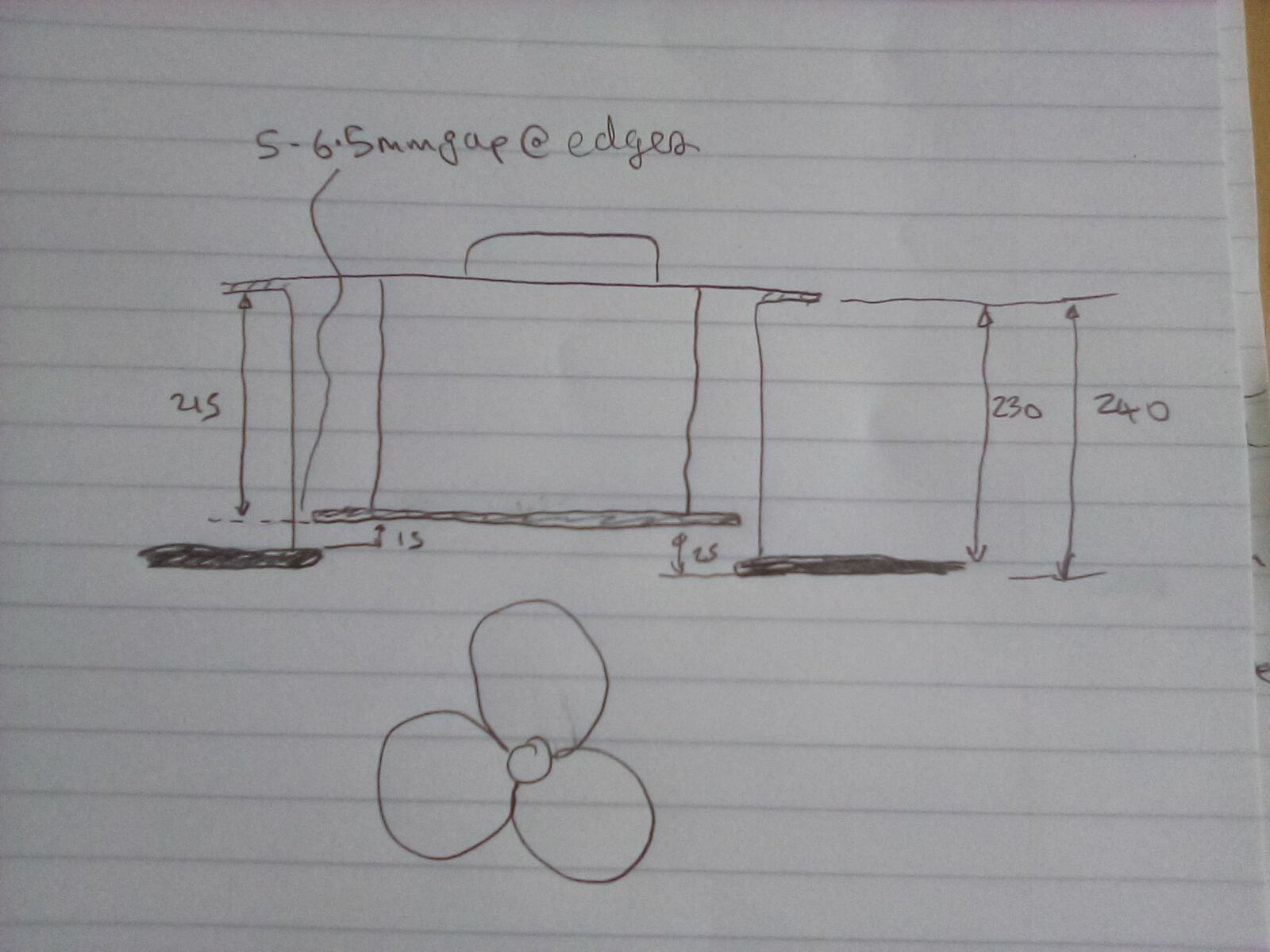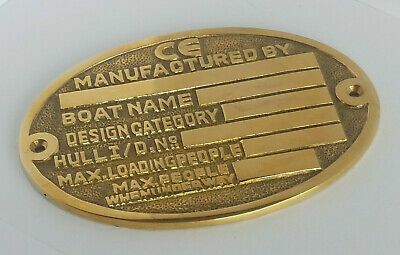-
Posts
976 -
Joined
-
Last visited
Content Type
Profiles
Forums
Events
Gallery
Blogs
Store
Everything posted by PeterF
-
This works well on our boat but it was added at the build stage, the ends of the handrail are welded closed and the diverter is welded to the roof.
-
Yep.
-
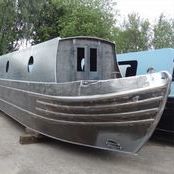
How much is too much Solar Power and how much is just enough?
PeterF replied to Porcupine's topic in New to Boating?
Angling the panels makes more impact in the winter when the sun is st a low angle but little difference in the summer. However, in the winter even if angling the panels doubles the yield, two times nothing is still nothing. Once averaged over the year, because most solar is harvested in the summer when angling is less effective, the annual impact is low. There s are websites where you can put in location and panel direction and angle and it will give average yields throughout the year so you can check flat and angled. -
Funny you should mention that, my builder did exactly that to the prop fitted by Colecraft before the boat was launched. I have noticed some flow noise on mine when I increase power which reduces as the boat speeds up, I put this down to the prop demanding more water than is arriving based on the boats forward speed and with an increased water supply to the prop as the boat picks up speed, the noise reduces. It is more noticeable on shallow sections but it is so slight it has never bothered me.
-
This is exactly what I do when my boat is at the home mooring. I only plug in if staying on the boat for a few days before setting off or when returning.
-
In an ideal world you would have your MPPT controller set voltages 0.1V higher than the mains charger, then when you have solar it causes the mains charger to stop charging so you get the free solar power if you pay for your shore power. However, this does not always work perfectly with separate chargers as there may be some errors in voltage readings and they may have different battery temperature compensation and will undoubtedly have different rules for when to change from absorption to float. Having both mains charging and MPPT from one supplier communication together with common voltage and battery temperature measurement is required to ensure that they play happily together.
-
If the tape is on the top of the chute it can get damaged dragging sharp objects out of the chute, having it on the lid keeps it out of the way of damage.
-
After having one installed on my new boat and thoroughly reading the manual I was surprised to find that the default settings on the BMV reset the SOC to 100% when the charge voltage exceeds 13.2V and the tail current is 4.0%. If you run it at default settings and knew no better you could be enticed to stop charging well short of full if you saw 100% on the meter. I set the synchronise to 100% to 14.2V and 0.8% tail current after seeing your similar warnings in other threads.
-
OK, my old boat was like Tony's and flush with the uxter plate, which is what I am used to. I have just had a look at my new boat based on a Colecraft shell and taken some pictures and measurement and the layout is different and i now understand your questions. I My weed hatch construction is identical to yours. The distance from the bottom of the gasket to the bottom of the anti cavitation plate is 215mm. The anti cavitation plate is 392mm x 190mm. The distance from the upper face of the chute where the gasket sits to the bottom of the uxter plate is 240mm. This means that the bottom of the anti cavitation plate is 25mm above the uxter plate. On my boat the hole in the uxter plate is smaller than the chute giving the step you mention. As the uxter plate is 10mm thick, there is 15mm gap between the bottom of the anti cavitation plate and the top of the step. The inside of the chute measures 405mm x 200mm so there is a 5mm gap between the front and back of the plate and the chute with 6.5mm at the sides. My hatch does not generate a vacuum and is easy to remove. It does not vibrate and so far I have been on a range of depths and speeds. I hope that this helps. Here is a sketch.
-
On your boat is the hole in the uxter plate smaller than the weed hatch chute leaving a step. A sketch would clear up any chance of misunderstanding. I will have a look at my set up as I also have a recent Colecraft hull and no issues with noise.
-
The bottom of the base plate on the weedhatch should fit level with the bottom of the boats base plate (uxter plate) to give the smoothest flow and least turbulence. See the linked sketch showing this, not perfectly level but close. https://images.cm.archant.co.uk/service/social-media-image/3844940/6242846/1/6217232-2/5tech-2.jpg
-
The hire boat companies should adhere to the hire boat code and CRT also have a role in this. If you wish to complain you can contact CRT's business licensing manager for the appropriate region https://canalrivertrust.org.uk/business-and-trade/boating-business/business-boating-team-contacts. You can also complain to British Marine if they are a member https://britishmarine.co.uk/Contact-us
-
It is hard to imagine the impact that this would have had on holiday makers during the peak time of the year, 40 southbound passages through Harecastle with nowhere to go, hire boats with only 5 days to do the four counties.
-
Came down the Mac this morning, stopped at the Lidl at Hardings Wood junction to buy a desk fan to get a bit of air movement in the boat. Never considered putting 8 hours of desk fan use on the power audit. Luckily it is only 45 Watt and the solar kept it going for most of the afternoon.
-
The water flow will vary in direction, velocity and turbulence with changing water depth and if you have a flow induced resonance then it occurs at a very specific frequency which requires a specific water velocity or turbulence. Therefore, the amount of resonance changes with water depth. The fact that it changes with water depth suggests that it is not a mechanically driven resonance from the engine rpm. Have you checked that the anti cavitation plate sits level with the baseplate. If it sits too high or too low then you may get unexpected turbulence in that area.
-
Some builders are quoting mid 2023 for their next slots, and that is for the start of the fit out not completion. We bought a second hand boat and had a lot of good years on that before buying the current boat new so we had experience of exactly what we wanted before we committed to a new build.
-
The symptom of being stuck was the batteries not full and able to accept say 15A from the 300W array at a voltage somewhere in the region of 14V, full sunshine, no shadows, early afternoon but the controller output was 13.2V and 1A. The breaker between the panels and the batteries was cycled and when the controller came back on it was delivering 15A at 14.0V. If it was an intermittently cloudy day it would drop power output and sometimes come back to full power, sometimes it would stick at low power seemingly at random. I have no idea if it got back to the maximum power point on its own with time, I watched it for 15 mins once and it did not. No idea how much charge was lost like this. Others on the forum have reported the same. I have no idea if this was addressed with more recent firmware, my Tracer BN was 2018 version or if all Epever models experience it. Understand completely about wanting to remain compatible.
-
I had a Tracer BN with the MT50 on my last boat on my self installed solar system, it worked reasonably well but often got stuck in full sun at a low power output, say cloud passed over and it moved to one point on the power curve, when sun returned it would not move to the increased maximum power point or take ages to respond. If I switched off the solar panel to controller breaker and turned back on it would immediately lock onto the proper maximum power point. Other than this glitch it worked well. On the new boat I have a Victron smart solar with Bluetooth and concur with the positive experience reported in an earlier post. Easy to configure from the phone, easy to monitor and I have not seen it get stuck on the wrong power point once since getting it in late April and I am pleased that I went for this compared to another Tracer BN. see Replacement MPPT controller
-
Senior politician taking a boat trip perhaps, hence the need to close the canal the night before to check for custard pie and egg throwers and erect the barriers.
-
We had 2 single beds like that on our old boat when we bought it. Rather than reworking them we made a board that sat over the walk way between the beds so we could pull the mattresses together to make a 5ft width double. An elasticated sheet kept the two mattresses together. A little hassle making and unmaking the bed but it worked for 14 years before we sold it for a new boat.
-
FRP = fibre reinforced plastic = glass fibre & resin
-
I thought it was a quick blast on your horn at a blind bridge to evade a collision.
-
When I added my bathroom radiator after the calorifier I fitted a bypass pipe and valve from the radiator inlet to the outlet so on those odd infrequent 25degC summer days I could open the bypass around the radiator and close the radiator valve.
-
Somewhere in your documentation (assuming you have some) or on a plate somewhere in the boat the builder should have listed the official figures for maximum number of people and weight of belongings. The posts about give some pragmatic approaches to working this out.
-
I had a Tracer on my last boat on my self installed solar, it worked reasonably well but often got stuck, say cloud passed over and it moved to one point on the power curve, when sun returned it would not move to the increased maximum power point. On the new boat I have a Victron smart solar with Bluetooth and concur with the positive experience given above. Easy to configure from the phone, easy to monitor and I have not seen it get stuck on the wrong power point once since getting it in late April and I am pleased that I went for this compared to the Tracer.


